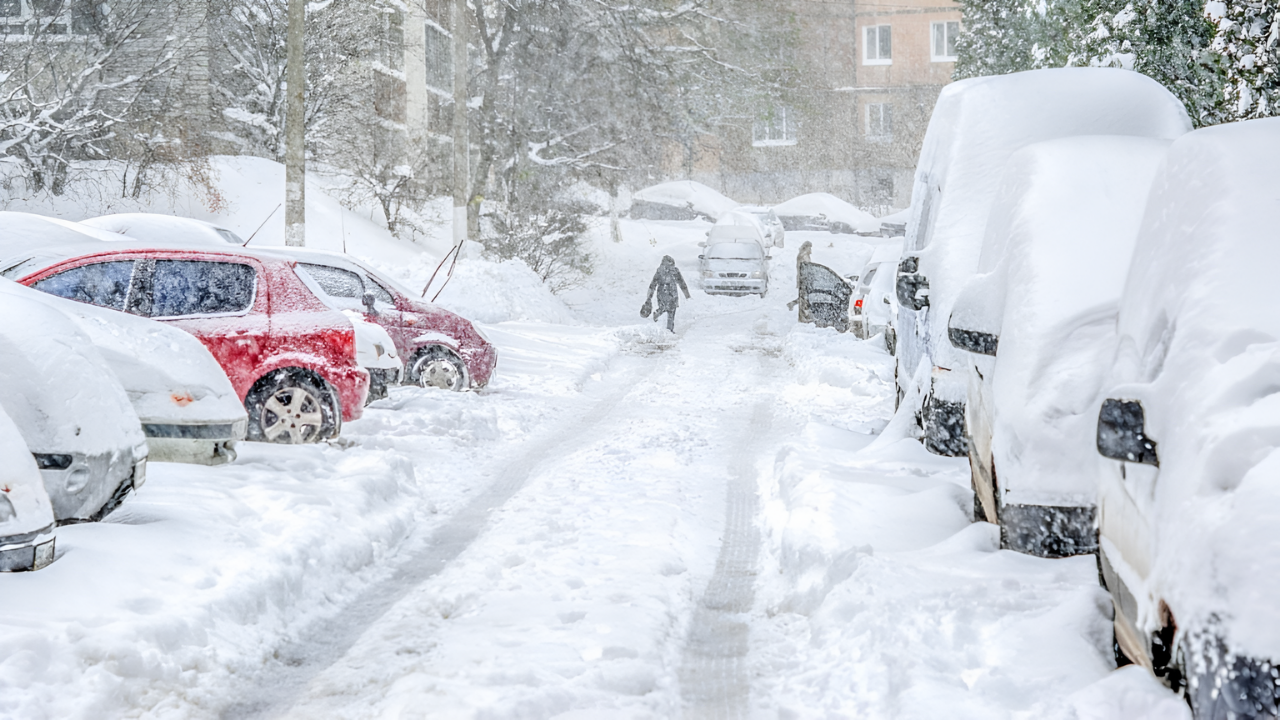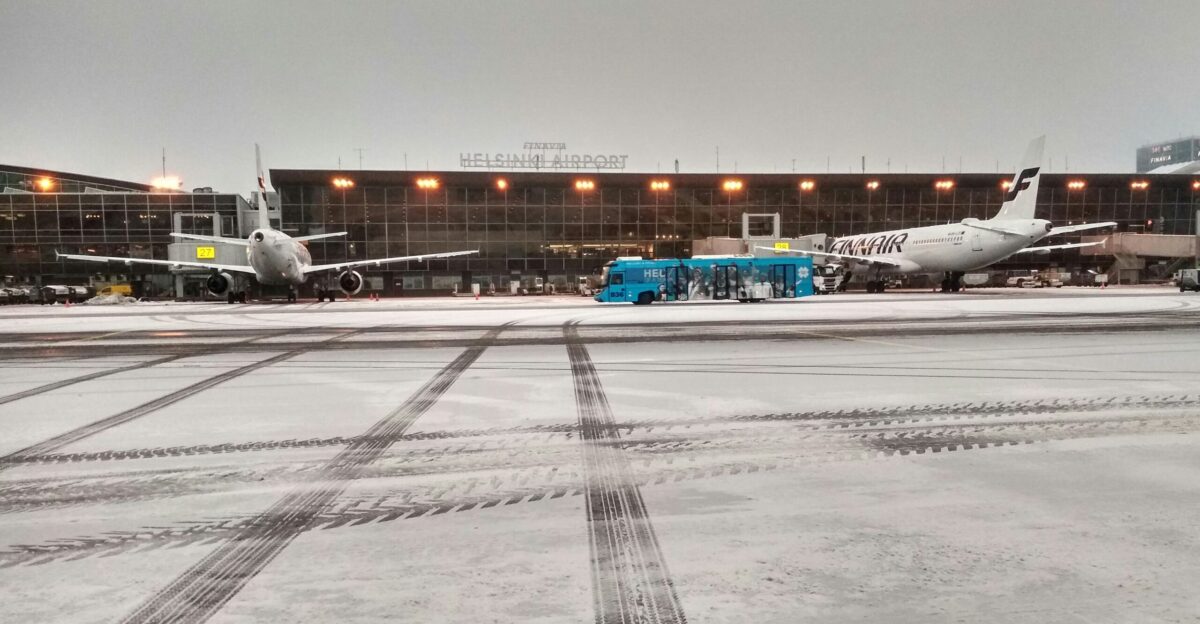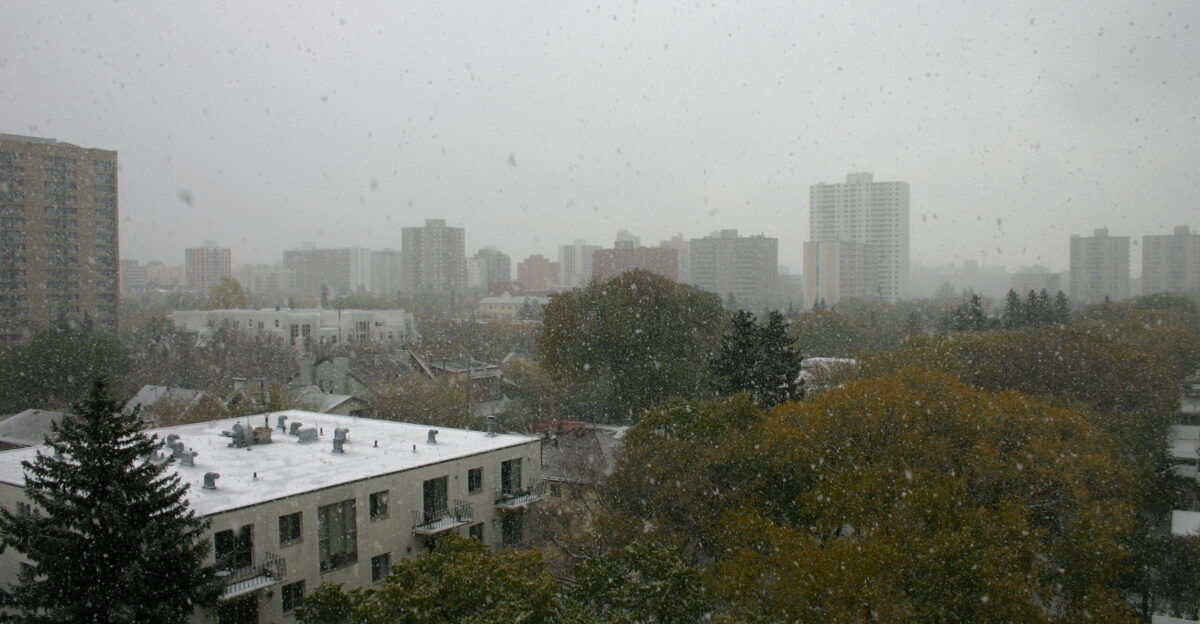
On November 26, 2025, as nearly 82 million Americans prepared for the busiest travel day of the year, a fierce Arctic storm swept across the Upper Midwest, turning Thanksgiving journeys into a test of endurance. The National Weather Service issued urgent warnings, describing travel conditions as “potentially very difficult to impossible.” Roads became hazardous and airports braced for widespread delays, as families rushed to reach their destinations before the worst of the weather hit.
More than 1.5 million residents of southern and central Minnesota and eastern South Dakota found themselves effectively trapped by the monster Thanksgiving blizzard. With Blizzard Warnings in place, the National Weather Service urged people to avoid non-essential travel as dangerous snow and near-zero visibility made it impossible—or extremely hazardous—to leave their homes or hotels. From major metros like the Twin Cities, where over 3.7 million people were under advisories, to smaller communities bracing for 7–12 inch accumulations and 50 mph gusts, millions were immobilized by both official warnings and unrelenting storm conditions.
Holiday Rush Meets Winter Fury

The timing of the storm could not have been worse. The Arctic blast struck at the peak of Thanksgiving travel, compressing the usual multi-day rush into a narrow window of dangerous conditions. Minneapolis-St. Paul International Airport, anticipating 47,000 passengers, faced mounting delays as snow blanketed runways. On Interstate 94, traffic slowed to a crawl, with families hoping to outrun the advancing blizzard.
AAA projected a 53% increase in travel time on Minnesota highways by late afternoon. The combination of record-low visibility and heavy snow led to cascading disruptions, stranding travelers and extending delays well into the night.
Lake-Effect Snow: The Storm’s Engine

The storm’s intensity was fueled by classic lake-effect dynamics. As Arctic air surged south over the relatively warm waters of the Great Lakes, rapid evaporation triggered convective snow bands. These bands dumped inches of snow within hours, creating whiteout conditions that challenged even experienced drivers and airport crews.
The temperature contrast between the frigid air and the lakes produced some of the most severe snowfall in recent memory. The result was a fast-moving, unpredictable storm that left little time for travelers to adapt, especially as the holiday rush reached its peak.
Historical Echoes and Escalating Risks
Thanksgiving blizzards are not new to the region. In 2019, Duluth, Minnesota, recorded 21.7 inches of snow in two days, while the infamous 1991 blizzard still holds the city’s single-day record at 24.1 inches. This year’s forecasts evoked memories of those historic storms, heightening anxiety among residents and travelers alike.
The National Weather Service issued Blizzard Warnings across Minnesota, South Dakota, Wisconsin, and Michigan’s Upper Peninsula. Winds reached up to 50 mph, reducing visibility to less than a quarter mile and pushing snowfall rates to an inch per hour. Some areas braced for 4–8 inches in a single day. While no fatalities were reported locally, officials emphasized that the storm’s severity and timing put millions at risk, making it one of the most dangerous Thanksgiving travel periods in recent years.
Emergency Response and Infrastructure Strain
By Wednesday morning, emergency protocols were activated across five states. Minnesota dismissed schools early, and Wisconsin deployed plows to key lake-effect zones. In Michigan’s Upper Peninsula, evacuation advisories were issued, and emergency services mobilized to assist stranded motorists.
The storm quickly overwhelmed infrastructure. In west-central Minnesota, 27 crashes were reported within hours. Jackknifed semis blocked Interstate 94 near Alexandria, and sudden whiteouts left drivers with little time to react. Airlines, including Delta, Southwest, and United, scrambled to adjust schedules. Minneapolis-St. Paul International, the nation’s 18th-busiest airport, faced major delays as deicing crews worked nonstop. Travel waivers were issued, but last-minute rebookings and rental car shortages added to the chaos.
Economic Toll and Uneven Impact

The financial impact of the storm was immediate and widespread. States in the storm’s path faced estimated losses of $300 to $700 million, straining already tight road maintenance budgets. Businesses in hospitality and retail reported sharp declines in traffic, while trucking companies and restaurants along key corridors like I-94 saw significant disruptions.
The storm’s effects were not uniform. Towns near Lake Superior, such as Hurley, Wisconsin, received far more snow than areas just a few miles inland. The Keweenaw Peninsula of Michigan, accustomed to over 250 inches of snow annually, faced extreme accumulation, while other regions saw only moderate snowfall. This variability complicated travel and emergency response efforts.
Adapting to a New Climate Reality

Meteorologists noted that this storm was part of a broader pattern of Arctic instability. A major cold front from Scandinavia pushed frigid air south, and the temperature difference with the Great Lakes created extraordinary conditions. Scientists warned that climate change is intensifying such events, with warmer lakes and shifting weather patterns making extreme storms more frequent.
State governments are rethinking infrastructure and emergency response. Minnesota is considering weather-responsive toll systems to fund maintenance, and regional coordination is being discussed for high-traffic corridors. As similar storms hit Canada and Scandinavia, it’s clear that these challenges are part of a global shift in weather patterns.
The November 2025 blizzard underscored the urgent need for adaptation. With extreme weather events becoming more common, communities, businesses, and policymakers must prepare for a future where resilience is essential. The lessons from this storm will shape how Americans approach travel, infrastructure, and emergency planning in an increasingly unpredictable climate.